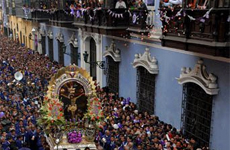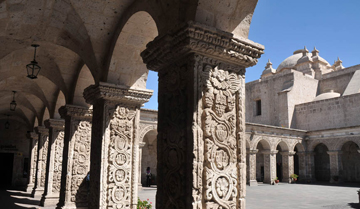
In 1532, Spanish explorers, under command of Francisco Pizarro, reached the shores of Peru. Their arrival led to the end of the short-lived hegemony of the Inca. The Spanish couldn’t have picked a better time to serve their purpose. The empire was weakened by a war between Atahualpa and Huáscar, two brothers who were both emperor. People were being oppressed and many viewed the Spanish as allies who could help them regain their freedom. Pizarro ambushed Atahualpa in Cajamarca and had him executed after a show trial. His execution came as a big shock to the local population, for whom Atahualpa was equal to the Gods. However, when they rebelled, they were promptly overpowered. Ultimately, the Spanish army of 200 armed men defeated their army of 40.000 men.
The Spanish crown then created the vice-royalty of Peru, which included almost all of South America.
In 1780, Tupac Amaru II led an indigenous uprising against the Spanish. The rebellion aimed to require equal human rights for all people in the country. Instead, it was brutally subdued by the Spanish, who from then on repressed the indigenous population even more, prohibiting their language, symbols and traditions.
